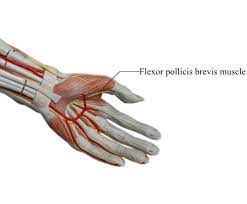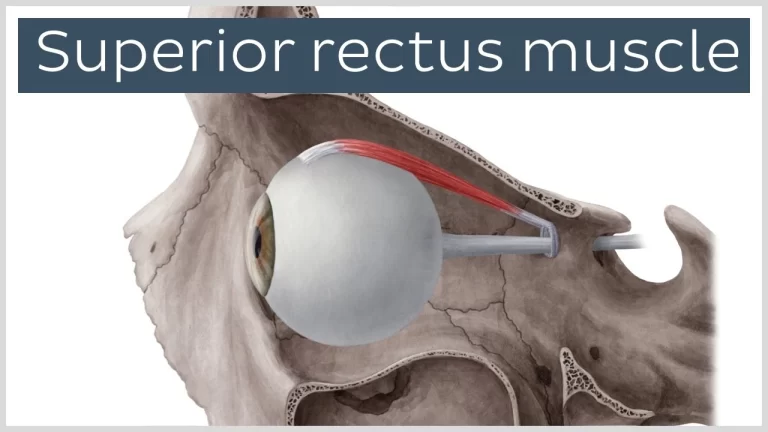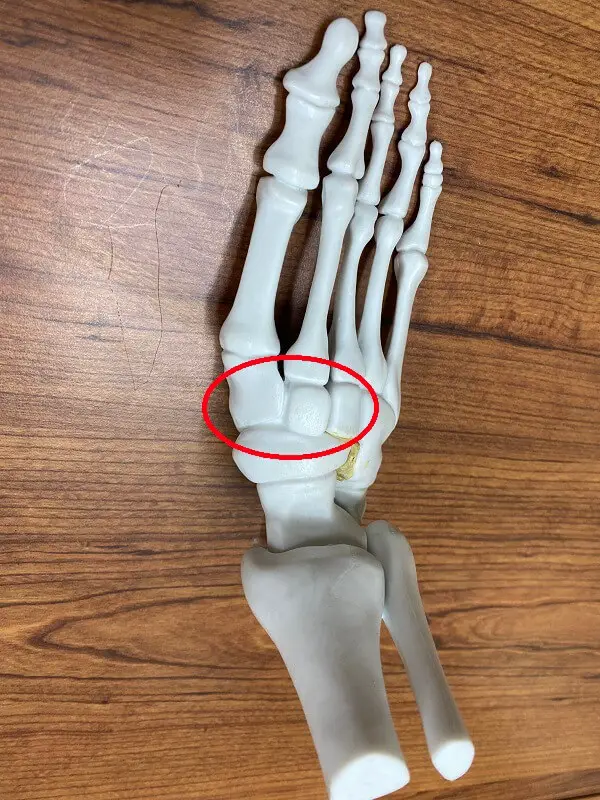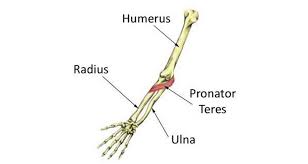Neuroplasticity
Table of Contents
Definition
Neuroplasticity, also known as brain plasticity or neural plasticity, is a fundamental property of the brain that refers to its remarkable ability to reorganize, adapt, and change throughout an individual’s life.
Contrary to the traditional belief that the brain’s structure and functions remain fixed after a certain age, research has demonstrated that the brain is highly malleable and capable of rewiring itself in response to experiences, learning, and environmental factors.
This phenomenon plays a crucial role in learning, memory, recovery from injuries, and even in adaptation to various neurological conditions. Understanding neuroplasticity sheds light on the brain’s incredible capacity for growth and adaptation, shaping our cognitive abilities and overall behavior.
Type Of Neuroplasticity
Structural neuroplasticity: The brain’s ability to change its neural connections is often described as structural plasticity. Based on this neuroplasticity, new neurons are continuously generated, connected to the central nervous system throughout life.
Functional neuroplasticity: It refers to past activity (activity-dependent plasticity) for memory acquisition or to adapt to a pathological event as a result of neuronal dysfunction or damage (maladaptive plasticity).
Young children’s brains have more efficient adaptive mechanisms that allow them to recover from damage more efficiently than most adults. Four forms of neuroplasticity have been observed in children:
Adaptive: Changes that occur when children practice a skill, allowing the brain to adapt to functional or anatomical changes in the brain (eg, injury).
Impaired: changes due to hereditary or acquired diseases.
Excess: Formation of new, inappropriate pathways can lead to dysfunction or disease.
Plasticity that makes the brain susceptible to injury: the formation of damaging neural circuits that make injury more likely or more severe.
Stages of Neuroplasticity
Neuroplasticity is a complex process and is currently under investigation. Historically, neuroplasticity was assumed to occur in three stages.
First 48 hours: Depending on the nature of the injury (stroke or TBI), early damage results in cell death and loss of specific cortical circuits associated with lost neurons. To maintain function, the brain tends to use secondary neural networks.
Over the following weeks: As cortical circuits change from inhibitory to excitatory, synaptic plasticity and new connections are formed.
Weeks or months later: the brain continues to reorganize itself by regenerating axons.
The importance of neuroplasticity in therapy. When we learn something new, our neurons make new connections. In order to adjust to each different situation, we rewire our brains. This happens all the time and has many advantages in treatment.
When we learn new things, like a new song or play a new instrument, we form new brain pathways. We create an opportunity to connect neurons in the brain by activating the neuroplastic mechanism.
Deep brain stimulation, non-invasive brain stimulation, neuropharmacology, exercise, cognitive training, or real-time functional magnetic resonance imaging are promising treatments based on the neuroplastic nature of the brain.
A better understanding of the processes controlling neuroplasticity after brain injury or nerve damage can improve the patient’s quality of life. Recovery from stroke, brain cancer, and memory loss are all linked to neuroplastic behavior in the brain.
Obsessive-compulsive disorder (OCD), attention deficit hyperactivity disorder (ADHD), and autism could be managed by adapting the principles of neuroplasticity. According to research, people suffering from depression have an issue with brain plasticity. According to experts, lifestyle changes (healthy diet, physical activity, and adequate sleep) can increase neuroplasticity. In addition, several antidepressants are thought to be effective because they enhance neuroplasticity.
Issues Of Concern:
Plasticity after injury: Neuroplasticity is a complex process that is still being elucidated; however, the term can be applied in the context of brain injury. Traditionally, neuroplasticity is thought to occur in three stages or times.
First 48 hours: Depending on the mechanism of injury (eg, stroke or TBI), there is initial damage that accumulates as cell death and loss of specific cortical pathways associated with lost neurons. The brain tries to use secondary neural networks to maintain function.
Subsequent weeks: During this period, supportive cell recruitment occurs as cortical pathways change from inhibitory to excitatory. During this time, synaptic plasticity and new connections arise.
Weeks to months later: the brain continues to remodel itself through axonal sprouting and reorganization of the lesion.
Benefits of neuroplasticity:
Brain neuroplasticity has many benefits. Adapting and changing the brain helps promote:
- An opportunity to learn new things.
- Ability to strengthen existing cognitive skills
- Recovery from strokes and traumatic brain injuries
- Strengthens areas where the function is lost or weakened.
- Improvements that can improve brain health.
How to Rewire Your Brain with Neuroplasticity
Let’s look at some ways you can benefit from neuroplasticity. Traveling exposes your brain to new stimuli and situations, creating new neural connections and activity. Intermittent fasting increases the reproduction of nerve cells, improves general cognitive performance, and reduces the risk of neurodegenerative diseases.
Learning to play an instrument can strengthen connections between brain regions and help the formation of new neural networks. Memory training with memory devices can improve connectivity in prefrontal and parietal networks and prevent age-related memory decline.
Yoga, light to moderate regular exercise and challenging brain activities such as crossword puzzles or sudoku help develop new brain pathways and improve neuronal connectivity. Reading a good book strengthens and improves brain connections. Vocabulary expansion concerns visual and auditory processes and memory processing.
Creating art improves brain connections while having fun. Dancing reduces the risk of Alzheimer’s disease and improves brain connections. Sleep promotes the retention of learning by enabling the formation of dendritic spines that connect neurons and transmit information between cells.
Physiotherapist Role in Neuroplasticity:
Feed your brain
Your brain is only a small part of your total weight, but it consumes a quarter of everything you eat. If you want improved neural pathways, you need an improved diet. snacks like walnuts, blueberries, and avocados eaten during the day. Vitamin D and magnesium are a priority if you want to promote neuroplasticity.
To sleep
It goes without saying that a good seven to nine hours of sleep will always set you up for a better brain day. But short afternoon naps of around twenty minutes would improve your neuroplasticity potential even extra. Short naps encourage the growth of dendrites, which are the key connections between neurons in your brain.
Don’t let the work day drag on
Like building muscle, neuroplasticity needs downtime to function properly. According to Dr. Chinichian, leaders should establish and implement a “day closing” ritual that prioritizes reflection and gratitude for small victories. An end-of-day Slack message that says, “Thanks for all the great brainstorming ideas today. See you tomorrow,” can assess the group feel appreciated. Ending everyday stress in an endorphin-boosting way creates ideal conditions for neuroplasticity. Bonus: It also signals that it’s okay to “leave” work and switch off for the evening.
Expand your vocabulary
Try to learn one new word every single day. According to experts, this simple act creates many new neural pathways, both visual and auditory. (Give it a few months and it will also make you unstoppable at Scrabble).
How to work with all Myers-Briggs personality types
Use the “wrong” hand
Non-dominant hand exercises are most excellent for forming new neural pathways and strengthening connections between existing neurons. For example, if the patient is right-handed, try brushing the patient teeth with his left hand – and then, for a double neuroplasticity bonus, try balancing on one leg at a time.
Learn to juggle
Juggling is often cited as a great way to improve neuroplasticity. Bring a small set of balls in your work drawer to give a person’s brain a boost when you have a few spare seconds between tasks. The better you get, the bigger the benefits.
Play chess
Indulge the patient’s inner Beth Harmon by embracing playing chess, a game with endless potential for improving neuroplasticity. Chess players have significantly more gray matter in the anterior cingulate cortex than those who do not know en passant and rocking. And you don’t even need another player or table to get the mental benefits. If you have a few minutes, log on to chess.com for a quick blast. (You don’t have to quit the game to get a neurological boost.)
Do memory exercises
By teaching yourself mnemonics, such as patterns or rhymes, you can improve the connectivity of the prefrontal parietal network, which paves the way for new positive pathways in your brain. Start here. 9. Be aware as a team
That one of the clinical experts Chinichian said that one of the best things people could do to promote neuroplasticity in their workforce is regularly do group meditation. There are several online options to get you started, like this one and this one. In addition to helping the positive rewiring of the brain (while expanding several useful parts of the brain), it also empowers team members to respond to challenges with increased poise, passion, and awareness. Neuroplasticity at its best.
FAQ
What is the purpose of neuroplasticity?
Neuroplasticity can be viewed as a general umbrella term that refers to the brain’s ability to shape, change and adapt both structure and function throughout life and in response to experience.
What is an example of the neuroplasticity of life?
Some examples are: Remembering the name of a person you met yesterday. Create art, music, or writing. Learn a new way to enter the store.
Can you learn in 25 years?
For those over 25, learning can be a slightly more difficult process. However, it is certainly not impossible. The magic of plasticity shapes your brain pathways and makes learning easier.
Does neuroplasticity increase IQ?
One way neuroplasticity can increase IQ is by increasing our ability to learn new information. When the brain is more flexible, it more easily receives new information and creates connections that have not been heard of before. This increased ability to learn can lead to a higher IQ
What activates neuroplasticity?
Triggers of adult neuroplasticity
Some forms of plasticity (synaptic reorganization) can occur in response to a variety of stimuli, including drugs, exercise, and enriched environments







